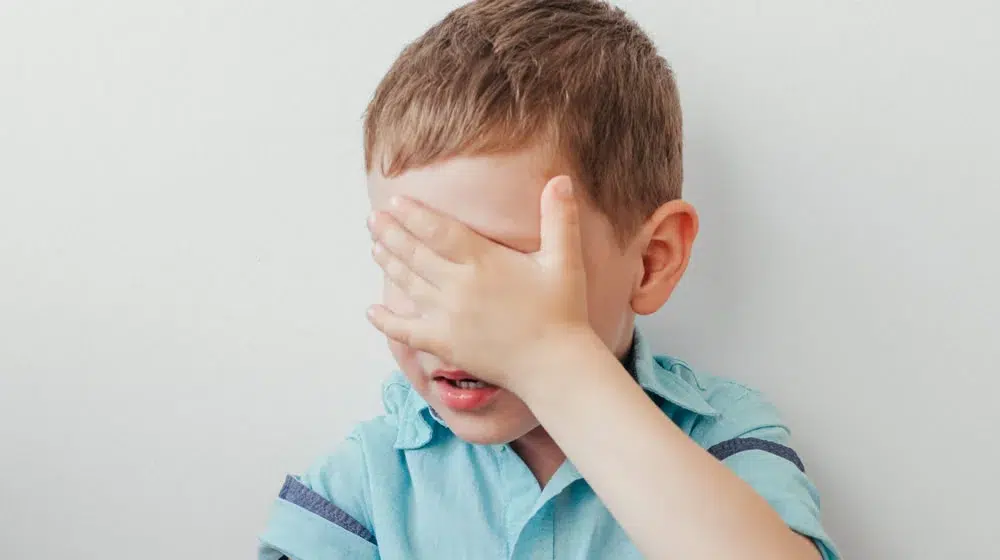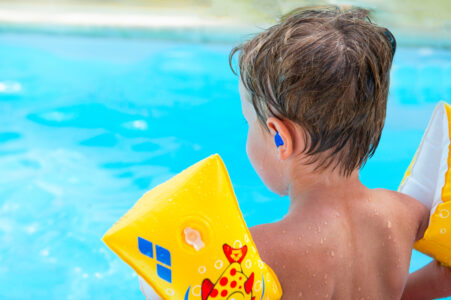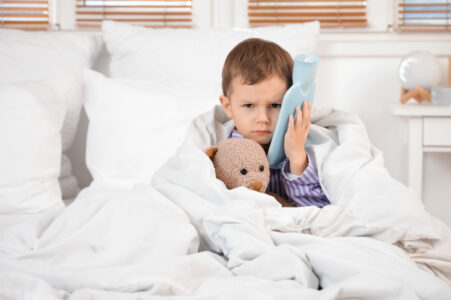Pink Eye (Conjunctivitis)
Pink eye, also known as conjunctivitis, is inflammation of the conjunctiva (the membrane under the eyelid and over the white part of the eye) membranes become mildly to severely inflamed and reddened thus the name, pink eye. It is caused by bacteria, viruses, or other irritants. Children are commonly affected because they touch their eyes with their hands so frequently. It is very contagious (easy to get from someone who has it}. Risk increases with children, those who wear lenses and contact with someone who has been infected.




